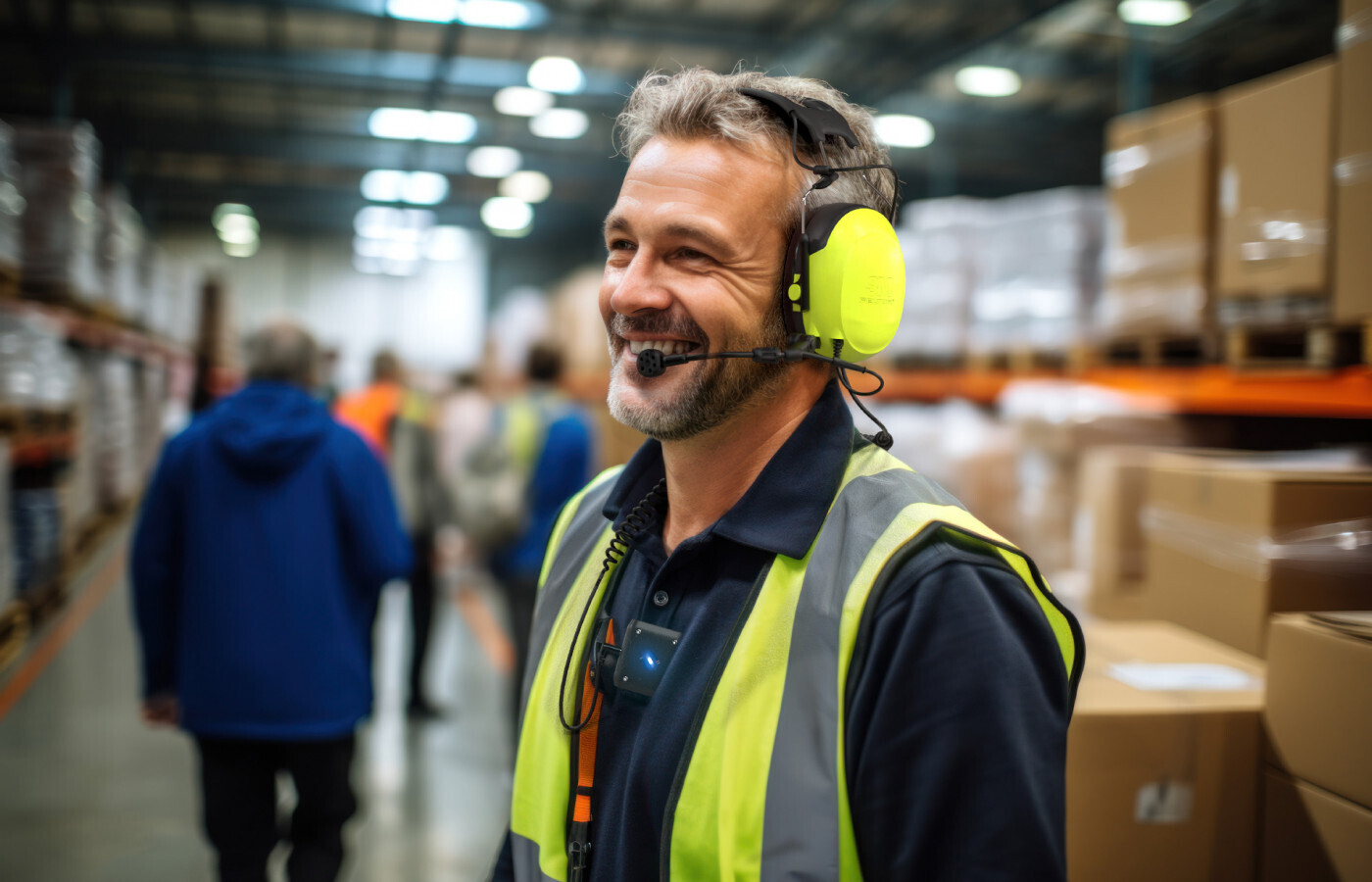
Noise, often neglected in the context of occupational risks, nevertheless exerts a significant influence on the health and well-being of industrial workers. In production environments, machines whir, tools rumble, and noise levels can reach potentially dangerous levels. But what exactly is the impact of this tumult on the health of the individuals who are exposed to it daily?
Auditory effects: a major risk
Prolonged exposure to high levels of noise can cause irreversible hearing damage. Workers regularly exposed to excessive noise are at increased risk of developing hearing disorders such as noise-induced hearing loss (NIPHL). This damage can be permanent and affect the quality of life of individuals, both professionally and personally.
Physiological and psychological effects
In addition to the effects on hearing, noise can also have repercussions on the physical and mental health of workers. Studies have shown that chronic noise exposure can increase the risk of cardiovascular disorders such as hypertension and cardiovascular disease. Additionally, excessive noise can cause stress, anxiety and disrupt sleep, which can lead to reduced concentration, cognitive performance and work productivity.
Safety standards and regulations
Faced with these risks, numerous regulations have been put in place to protect the health of workers. In many countries, noise exposure limits are set by legislation, and employers are required to implement preventive measures to reduce workers' exposure to noise, including through the use of personal protective equipment (PPE) or technological noise reduction solutions.
The importance of prevention
It is essential for businesses to take noise-related risks in the workplace seriously and put effective prevention measures in place. This may include assessing noise levels, implementing technical mitigation measures, such as soundproofing machinery or using acoustic barriers, and raising awareness and training of workers on hearing and hearing risks. good practices in hearing protection.
Conclusion
Understanding the impact of noise on the health of industrial workers is essential to promoting a safe and healthy working environment. By taking appropriate preventative measures, such as implementing noise reduction solutions and educating employees, businesses can help protect the hearing and overall health of their workers, while improving their well-being and productivity. on the long term.
We use technical and analytics cookies to ensure that we give you the best experience on our website. More info.